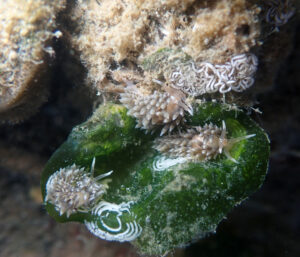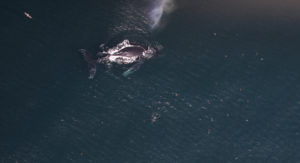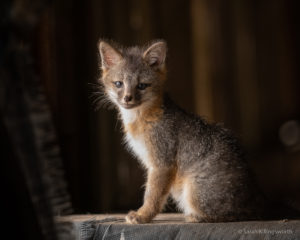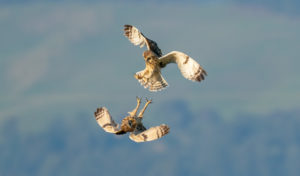A heart-shaped plume of exhalation disperses on sea breeze; then a gray whale gracefully brandishes its tail flukes against the sky as the massive mammal slowly dives. Brown pelicans glide like ghosts along the curve of a rising swell. A Steller sea lion, hauled out on the low rock shelf of a sea stack, raises his snout and puffs out his chest to bark a stentorian challenge. A parasitic jaeger battles a gull in a shrieking, swooping dogfight over some floating gob of marine offal.
Classic wildlife moments such as these can be glimpsed along California’s shore from the deck of a powerboat. But they are much more arresting and intimate if they are experienced from the seat of a sea kayak.
Motorboats push us away from nature at the same instant we seek to immerse ourselves in it. The mechanical pulse of the pistons drowns out sounds; the stench of exhaust overwhelms fragrances. And the ease of all that power can become an arrogant assault: To overwhelm waves and tide and wind, just shove those throttles forward.
In contrast, sea kayakers make way by insinuating themselves with natural forces and blending with them. These photos by Michael Powers can give you a taste of the paddler’s way of looking at the world: Smooth and quiet paddle strokes are fitted to the rhythm of the waves. Seated snugly in the craft at the level of the water, you actually feel the wind and current as they dictate your navigation and paddling plans. When you achieve the art of blending with sea conditions, wildlife are more curious than alarmed by your approach. Harbor seals poke their heads from the surface like a random array of soft gray boulders, and gaze back at you with round, black eyes from just a few yards away. The osprey wheeling high above the river estuary coasts back for another look.
Even beginner paddlers can explore remote corners of bays and estuaries, the ribbons of open-water sloughs that writhe through marshes, the shallows and narrows of a mountain lake. In the hands of an expert, a sea kayak can break in and out through a harsh surf line, ferry across a potent tidal current at the Golden Gate, roam for hours or even days along the coast. Traveling in this manner makes you more like marine creatures, and much less alien to them. Yes, you are more vulnerable than you would be if protected by technology and civilization. But you also come to share much of the circumstances of the creatures you observe. That opens the way to a much deeper understanding of them, and of yourself as well.
- Dolphins usually appear explosively and unexpectedly, movingwith phenomenal speed and agility. It was a thrill to see these commondolphins leap repeatedly out of the sea in Santa Cruz Harbor-thoughit’s a great challenge to photograph those amazing aquatic athleteswhile paddling.
Some Wildlife Viewing Tips
• A monocular or telescope is better than a binocular—smaller, lighter, and less disorienting to gaze through when you are on heaving water.
• A small, waterproof deck bag, securely attached to your boat, makes a good place to stash your monocular, guidebook, map, snacks, etc.
• Attach your paddle shaft to your kayak with an elastic leash (designed for this purpose, and sold at kayak shops) or to your wrist (use a boogie-boarder’s fin leash, sold at surf shops), so you can just let go of your paddle and not worry about it drifting or blowing away.
• It is illegal to disturb marine mammals and roosting or nesting birds. Hauled-out pinnipeds like harbor seals are particularly vulnerable to human intrusion, and unsettled by it. So do not venture up close, and cease your approach at any sign they are nervous. If you halt in that moment, they will often settle down; then you can just drift and proceed to peacefully coexist.
• Slow, gentle, rhythmic, and quiet-that’s successful wildlife viewing from a sea kayak.
Check out our list of kayaking guidelines and resources in and near the Bay Area!

.jpg)




